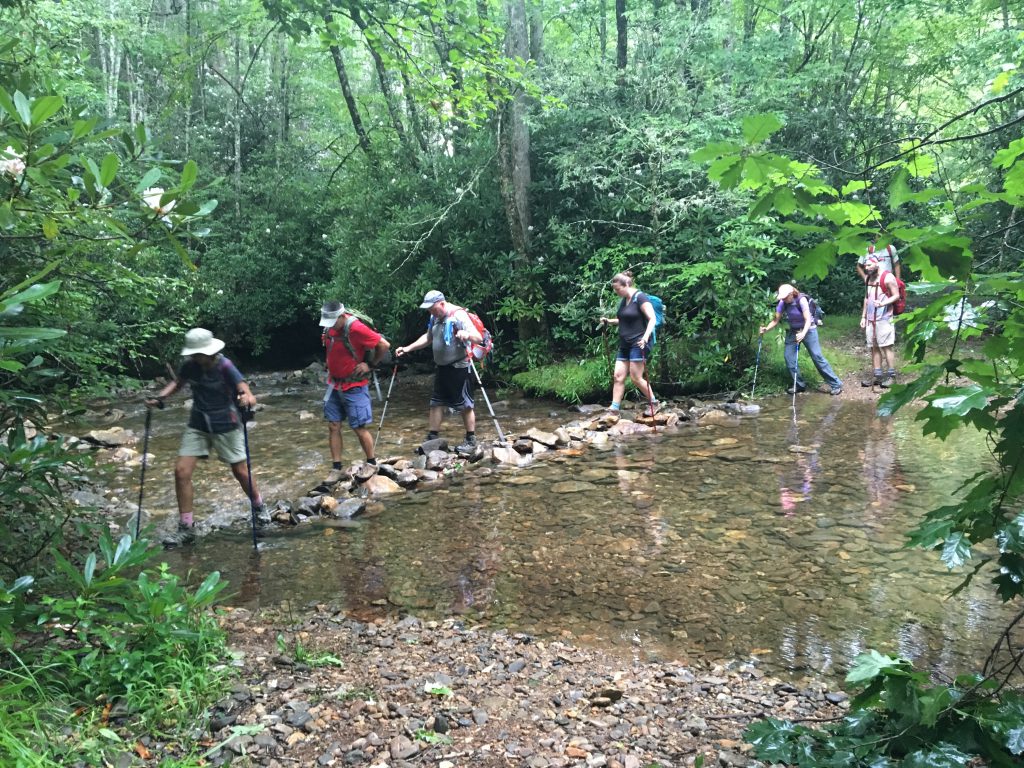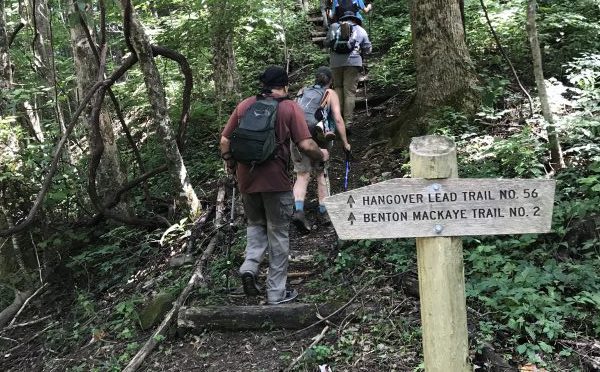Talking with author/climber Mark Synnott earlier this week about his new book, “The Impossible Climb: Alex Honnold, El Capitan and the Climbing Life,” I was touched by something vaguely familiar. Vaguely, and weirdly, because the book is about one of the most audacious physical and psychological feats of our time: Honnold’s ascent of El Capitan, a 3,000-foot near-sheer rockface in Yosemite National Park — without any form of protection to save him should he slip from one of the wall’s precarious microscopic holds. What could possibly be familiar about that?
Honnold has climbed, mostly without a rope, throughout much of the world on some of the globe’s toughest mountains. Despite living on what he describes as “the income of a moderately successful dentist,” he still prefers to live in his van, even when it’s parked in the driveway of his Las Vegas home. And after knocking off El Cap on June 3, 2017, at 9:28 a.m., how did he celebrate? By hanging for more than an hour on his Beastmaster Hangboard, a strip of hardwood with microscope indentions that he uses to build arm, finger and torso strength. Why the hangboard? Well, because he does this every other day as part of his training, and his epic climb just happened to occur on a training day.
So again, how could Honnold’s story even remotely feel familiar?
Then I thought about “the smile.” When Honnold successfully executed the hardest part of his El Cap climb — an especially tenuous move called the Boulder Problem — he turned to one of the camera’s documenting the climb for the film “Free Solo” and flashed a huge grin. That grin, says Synnott and others who know Honnold, is rare. “You see that smile,” says Synnott, “you stand in the presence of that, it washes over you.”
Then it hit me. I haven’t necessarily seen that smile before, but I have seen that look, the “one that washes over you.”
The look
On our backpack trip into the Joyce Kilmer/Slickrock Wilderness a couple weeks back we were making our way down a particularly challenging stretch of the Slickrock Creek Trail. We were losing elevation at a dizzying rate — in one stretch, about 1,400 feet in less than a mile. The trail was overgrown, and it was criss-crossed by more than 30 downed trees — Joyce Kilmer-sized sentinels of ample girth. At one point, after a particularly challenging crossing, I looked up the trail expecting to looks of concern, at best, anger at the least. I didn’t see any Honnoldesque grins, but I what I did see surprised me. I saw people, many of whom were either retired or of retirement age, very focused on the task at hand. Not one person looked worried or defeated. All were in the moment. They knew a wilderness area would present challenges unlike what they’d seen hiking in a state park. That was why they were here: they were aware of the challenge, and they were embracing it.
Same thing a year earlier on our annual dive into Linville Gorge. A late start and a wrong turn left us a mile and a half from camp in waning light in the midst of a classic, homegrown Linville thunderstorm. We righted ourselves, then, a half hour later, wronged ourselves again. We ended up pulling into a makeshift camp at 11 p.m., low on water, wet, and five hours past feeding time. Yet the next morning, there was nary a word about the previous evening. Rather, everyone was eager for the day ahead.
I feel this presence on local day hikes. Someone who’s never hiked 5 miles before, who’s never hiked in 85-degree heat, shows up because she wants to push her limits. The hike may not be easy, it may not be entirely enjoyable. But they do it and you can feel their sense of accomplishment.
Facing the ‘impossible’
Some argue that Alex Honnold lacks a sense of fear, that his brain is wired in such a way that he doesn’t experience fear. Honnold pooh-poohs the notion (and an MRI scan of his brain reported in Synnott’s book appears to back him up), saying he feels fear all right, he’s just better at managing it than most (which he does in part by being extremely prepared). If you want something bad enough, he says, you figure out how to make it happen.
That’s what resonated with me, with Honnold’s story. The people who do our trips aren’t, for the most part, athletes who’ve dedicated their lives to training for the impossible. Most have jobs and have to deal with the day-to-day of survival. But, like Honnold, they’re driven by that spark to feel, even for just an afternoon or a weekend, truly alive. To feel good about themselves in a way that binge watching the latest Netflix series or buying a Tesla can’t touch.
To do for themselves what might seem, like the audacious free solo of a 3,000-foot rock face, the impossible.
* * *
‘Free Solo’ screening
To read more about our conversation with Mark Synnott about his book, “The Impossible Climb: Alex Honnold, El Capitan and the Climbing Life,” as well as a screening of the film “Free Solo” at the N.C. Museum of Art in Raleigh on Aug. 9, go here.
Join us for your next ‘impossible’ feat

Itching to find your Alex Honnold smile before the end of summer? We’ve got a great opportunity to test the hiker in you on a four-day hiking trip scheduled for Aug. 15-18 at the Standing Indian Recreation Area in the Nantahala National Forest of far western North Carolina. The trip includes two 11-mile hikes that both include stretches of the Appalachian Trail, waterfall hikes, camping and more. Learn more and sign up to join us here.
